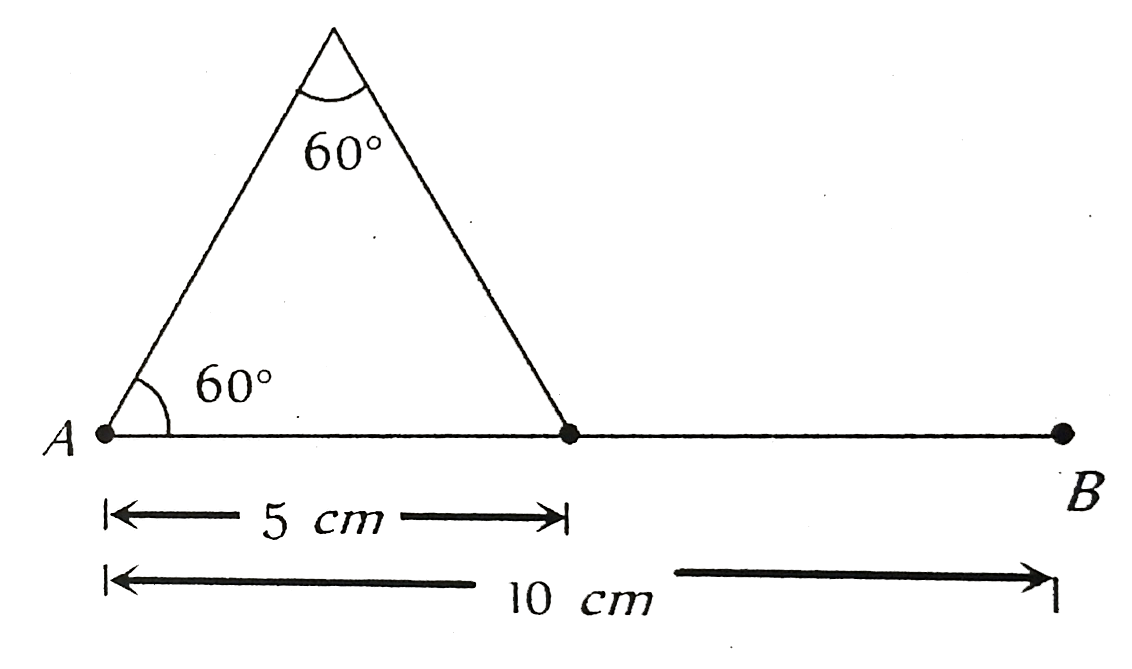The resistance of a wire is given by 100Ω
The specific resistance is proportional to:
L
R
A
None of these
The correct Answer is:D
To solve the question regarding the specific resistance (also known as resistivity) and its proportionality, we can follow these steps:
1. Understanding Resistance Formula:
The resistance R of a wire is given by the formula:
R=ρlA
where:
- R is the resistance,
- ρ is the specific resistance (resistivity),
- l is the length of the wire,
- A is the cross-sectional area of the wire.
2. Identifying the Variables:
From the formula, we can see that the specific resistance ρ is related to the resistance R, length l, and area A. However, we need to determine what specific resistance is proportional to.
3. Analyzing the Proportionality:
- The specific resistance ρ is a property of the material and does not depend on the dimensions of the wire (length and area).
- Since R depends on both l and A, changing these will change R but not ρ.
4. Conclusion:
Since specific resistance ρ is a material property and does not depend on the dimensions of the wire or the resistance itself, we conclude that it is not proportional to R, l, or A.
5. Final Answer:
Therefore, the correct answer is "none of these".
The resistance R of a wire is given by the formula:
R=ρlA
where:
- R is the resistance,
- ρ is the specific resistance (resistivity),
- l is the length of the wire,
- A is the cross-sectional area of the wire.
From the formula, we can see that the specific resistance ρ is related to the resistance R, length l, and area A. However, we need to determine what specific resistance is proportional to.
- The specific resistance ρ is a property of the material and does not depend on the dimensions of the wire (length and area).
- Since R depends on both l and A, changing these will change R but not ρ.
Since specific resistance ρ is a material property and does not depend on the dimensions of the wire or the resistance itself, we conclude that it is not proportional to R, l, or A.
Therefore, the correct answer is "none of these".
Similar Questions
A wire of length 100 cm is connected to a cell of emf 2 V and negligible internal resistance. The resistance of the wire is 3Ω. The additional resistance required to produce a potential drop of 1 milli volt per cm is
View SolutionSpecific resistance of a wire depends on its
View SolutionSpecific resistance of a wire depends on its
View SolutionWrite an expression connecting the resistance of a wire and specific resistance of its material. State the meaning of the symbols used.
View SolutionIn a meter bridge circuit, the two resistances in the gap are 5Ω and 10Ω. The wire resistance is 4Ω. The emf of the cell connected at the ends of the wire is 5V and its internal resistance is 1Ω. What current will flow through the galvenometer of resistance 30Ω if the contact is made at the midpoint of wire ?

View SolutionThe resistance of a wire R Ω . The wire is stretched to double its length keeping volume constant. Now, the resistance of the wire will become
View SolutionAssertion: Two electric bulbs of 50 and 100W. Are given. When connected in sereis 50W bulb glows more but when connected parallel 100 W bulb glows more.
Reason : In series combination, power is directly proportional to the resistance of circuit. but in parallel comb ination, power is inversely proportional to the resistance of the circuit.
View SolutionThe resistance of a wire is 10Ω. Its length is increased by 10% by stretching. The new resistance will now be
View SolutionTwo resistances are joined in parallel whose resultant is 6/8ohm. One of the resistance wire is broken and the effective resistance becomes 2Ω . Then the resistance in ohm of the wire that got broken was
View SolutionA wire has resistance of 24Ω is bent in the following shape. The effective resistance between A and B is

View Solution